Products Description
The alcohol industry's influence on youth
Marketing strategies targeting youth: Analyze how the alcohol industry uses advertising, sponsorship, and attractive product design to attract young people despite legal restrictions on marketing to minors.
Availability and accessibility: Explore how the ease of purchasing alcohol, the prevalence of liquor stores, and the presence of bars in college towns make alcohol more accessible to young people.
Social and cultural normalization of drinking: Describe how drinking has become normalized in social settings, particularly at colleges and universities, making it a common aspect of youth culture. Explain how this normalization contributes to the perception of drinking as a rite of passage.
The prevalence and use of fake IDs among young people in Texas
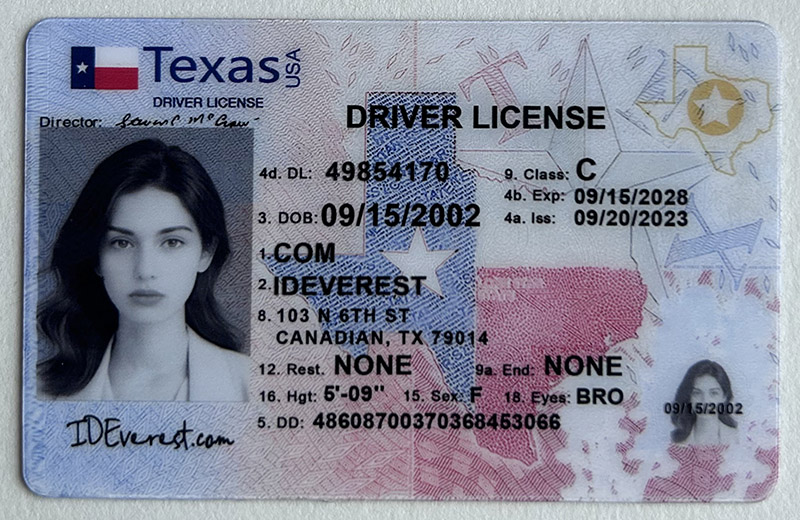
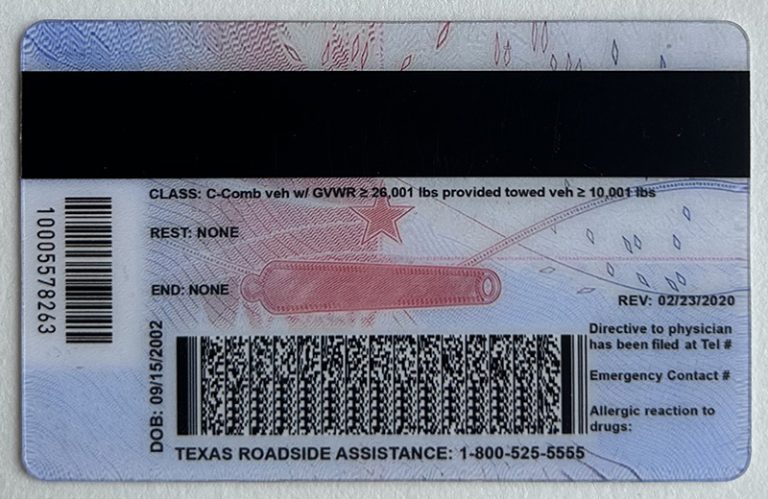
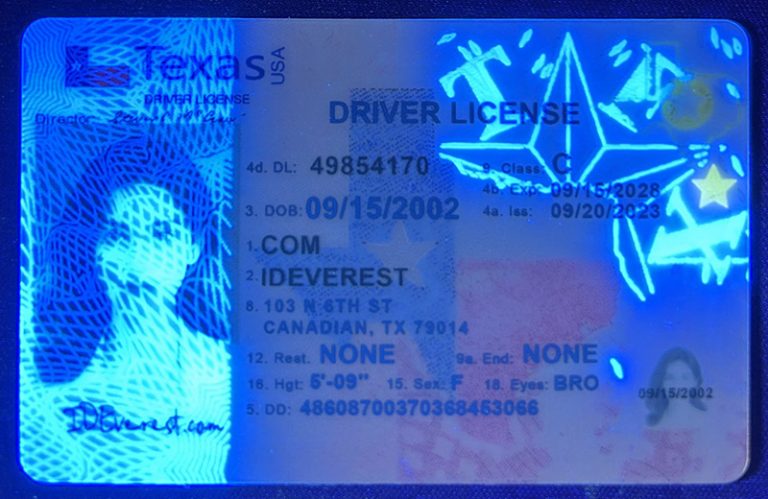
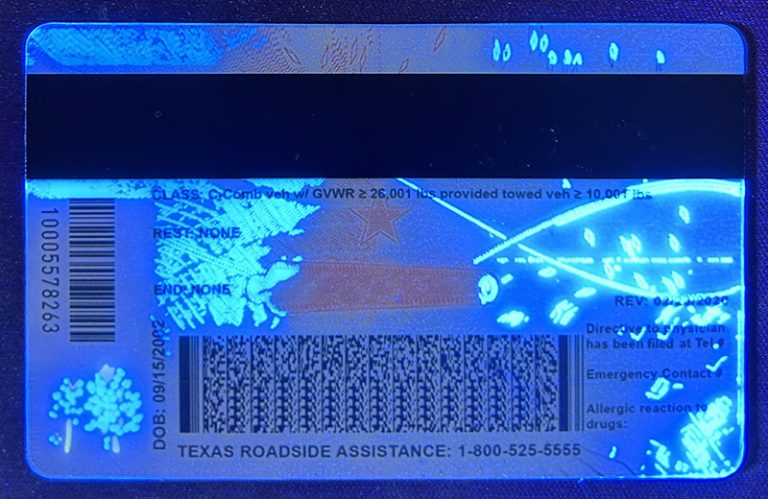
Common reasons for using fake IDs: Discuss the main motivations for using fake IDs, such as to gain access to bars, clubs, concerts, or to purchase alcohol for social gatherings.
How fake IDs facilitate access to alcohol in Ontario: Explain how fake IDs enable minors to circumvent legal restrictions, increasing their frequency of drinking and participation in drinking-related activities.
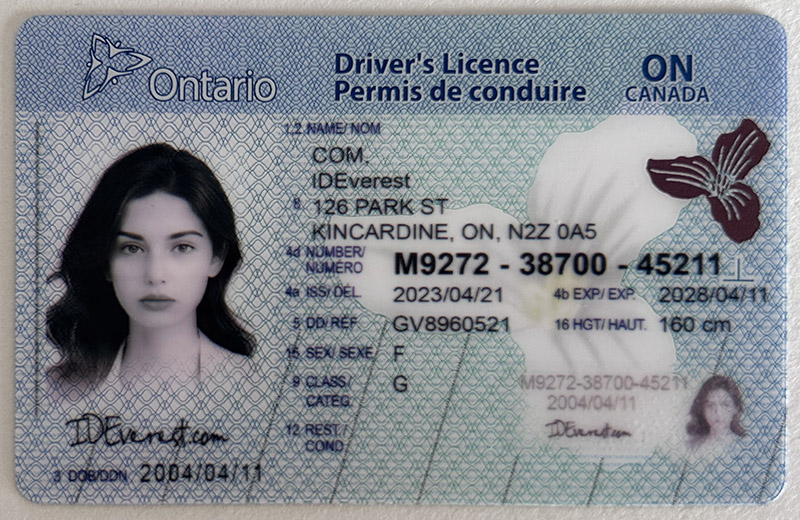
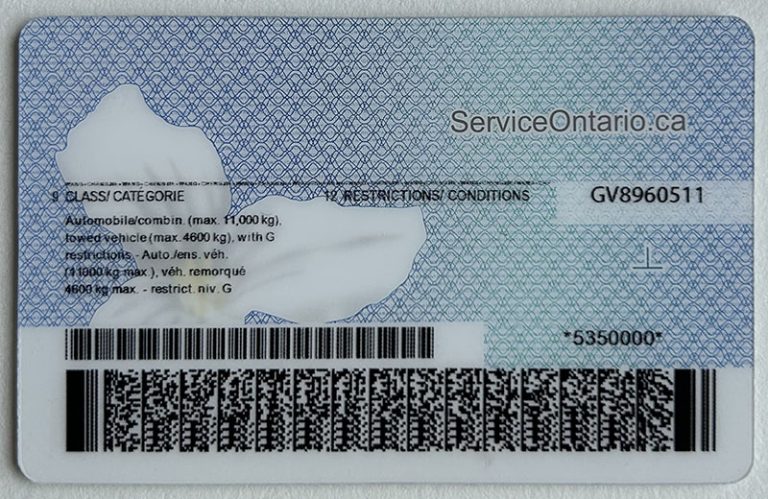
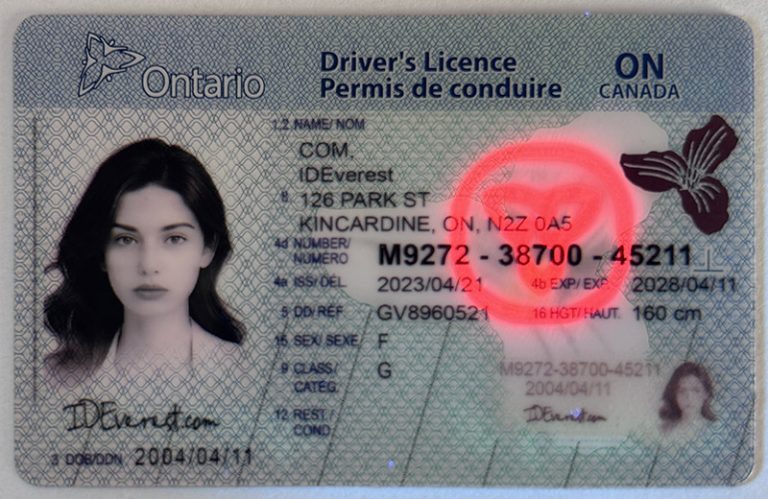
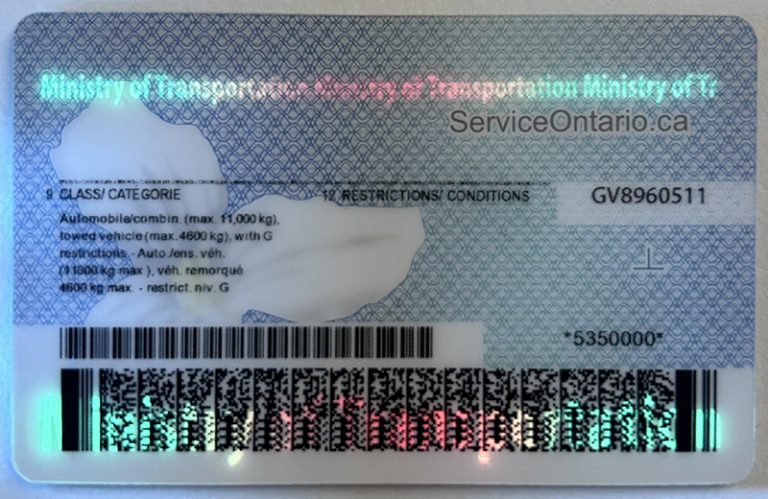
Investigate the potential benefits of early exposure to alcohol
Moderate drinking and education: Explore whether moderate drinking under supervision can help young people develop healthy drinking habits. Look at examples from other countries with lower legal drinking ages and discuss the potential benefits of this approach. Peer Acceptance and Socialization: Examine how fake IDs can help young people feel more socially accepted by participating in social activities and events involving alcohol, thereby enhancing their sense of belonging. Early Exposure and Risk Management Skills: Discuss whether early exposure to alcohol helps individuals learn to manage drinking responsibly in adulthood. This section could include arguments suggesting that early exposure under the right conditions may reduce the temptation to engage in "forbidden" behaviors.
Moderate Drinking and Education
Explore the Role of Supervised Drinking: In some countries where the legal drinking age is lower or drinking under adult supervision is more acceptable, young people are gradually exposed to alcohol in a controlled environment. This supervised approach may help them develop responsible attitudes toward alcohol. For example, in cultures where family gatherings often involve moderate drinking, young people learn to associate alcohol with social etiquette rather than excessive drinking.
Develop Healthy Drinking Habits through Early Education: By allowing adolescents to drink moderately under the guidance of a parent or mentor, they are more likely to adopt safer drinking behaviors in adulthood. This is in contrast to the "binge drinking" culture that often occurs among young people who are suddenly exposed to alcohol at age 21.
Comparative success in other countries: Countries such as France, Italy, and Spain, where young people are exposed to alcohol during family meals, have lower rates of alcohol abuse than the United States, suggesting that early, moderate exposure can reduce the appeal of drinking as a rebellious or "taboo" behavior.
Peer acceptance and socialization
Fake IDs and social inclusion in Ohio: For many young people, attending social events where alcohol is present is an important part of fitting in with their peers. Using a fake ID can enhance social experiences and reduce feelings of exclusion by giving them access to gatherings such as bars, clubs, or parties that would otherwise be off-limits.
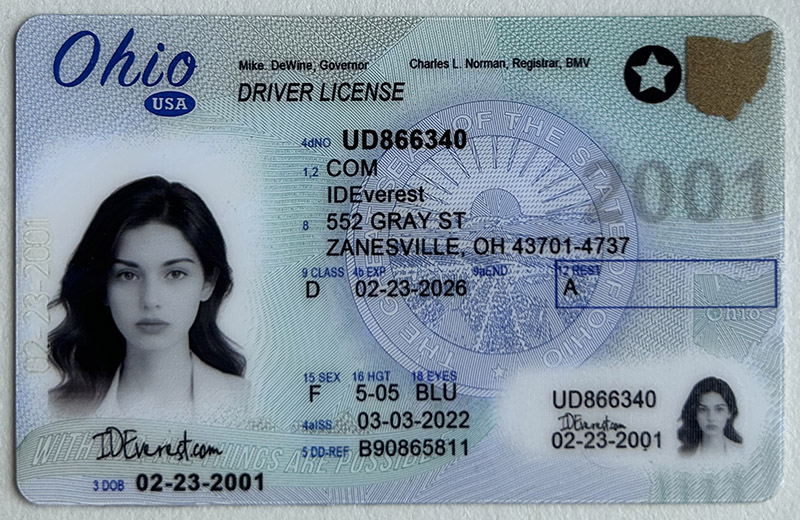
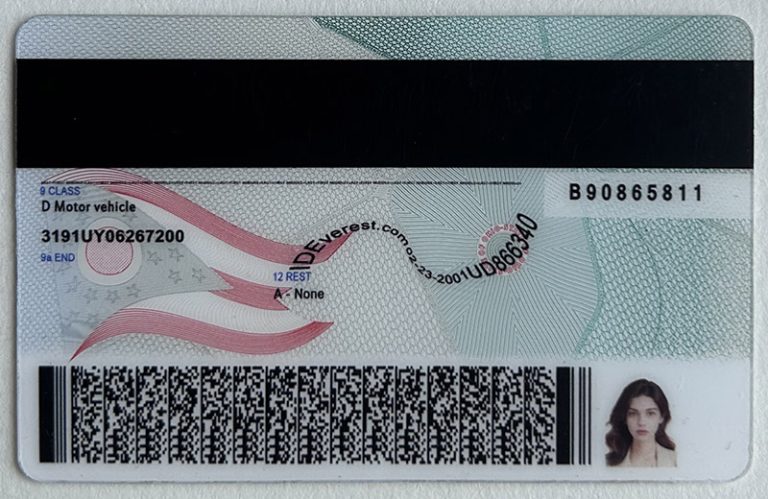
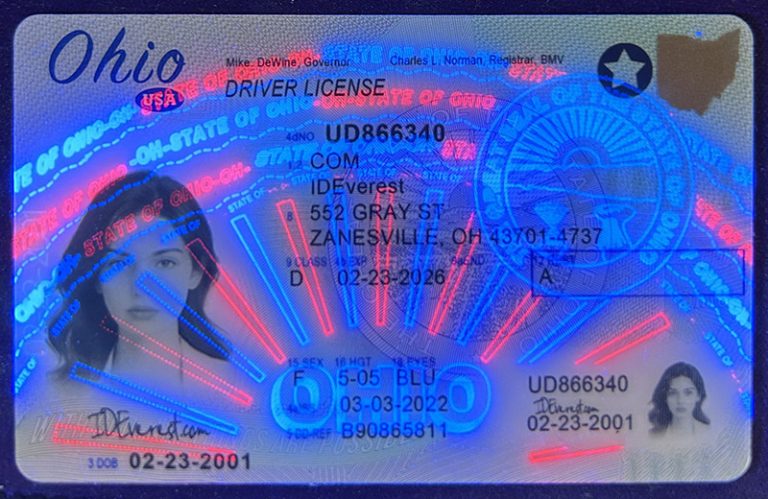
Strengthening peer relationships through shared experiences: Alcohol-related events, such as going to bars or concerts, are common ways for young people to socialize and build relationships. The ability to participate in these shared experiences can strengthen friendships and promote a sense of belonging, which is critical for social development.
Balancing risks with social benefits: While using fake IDs carries risks, for some young people the social benefits may outweigh the perceived drawbacks. Having access to adult social settings may provide valuable life lessons and help them navigate social dynamics more effectively. Early exposure and risk management skills
Learning to drink responsibly: In some cases, early exposure to alcohol may help individuals understand their limits and learn how to responsibly manage alcohol intake. This may include learning to control the pace of drinking, recognizing the effects of alcohol on the body, and understanding the importance of not drinking and driving.
Developing risk assessment skills: When young people are exposed to alcohol in an environment that encourages them to make smart choices—such as family activities that emphasize moderate drinking—they may develop better risk assessment skills. For example, they may learn to judge when it is appropriate to drink and when it is best to abstain.
Reducing the appeal of binge drinking: If early exposure to alcohol helps demystify drinking and removes the temptation of "forbidden fruit," young people may be less inclined to binge drink once they reach legal drinking age. Familiarity with alcohol can encourage a more mature attitude toward drinking, leading to safer and gentler consumption patterns.
Enforcement and compliance issues: The legal drinking age in the United States is 21, one of the highest in the world, but it faces challenges in enforcement. Despite the legal restrictions, many young people still find ways to obtain alcohol, often through fake IDs in Arizona. The difficulty of uniformly enforcing laws across states, especially in college towns or near state lines, raises questions about their overall effectiveness.
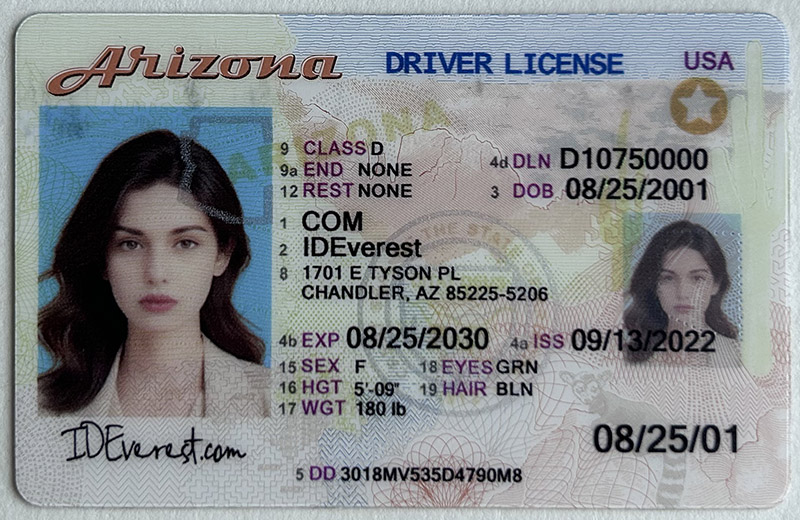
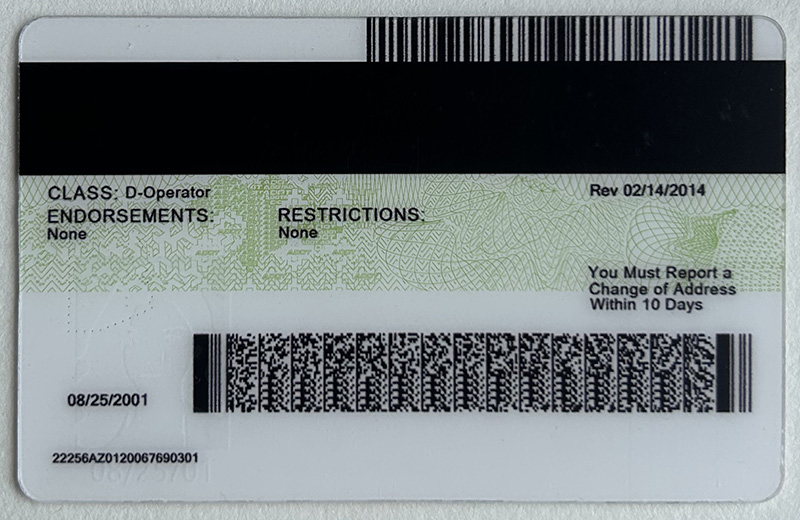
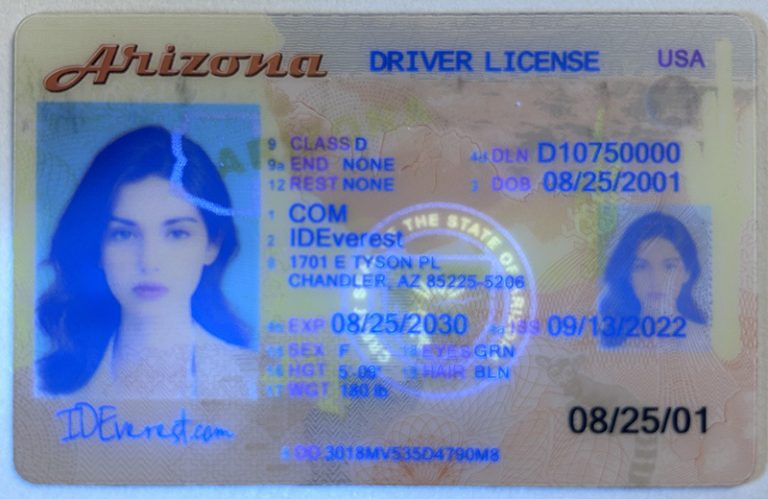
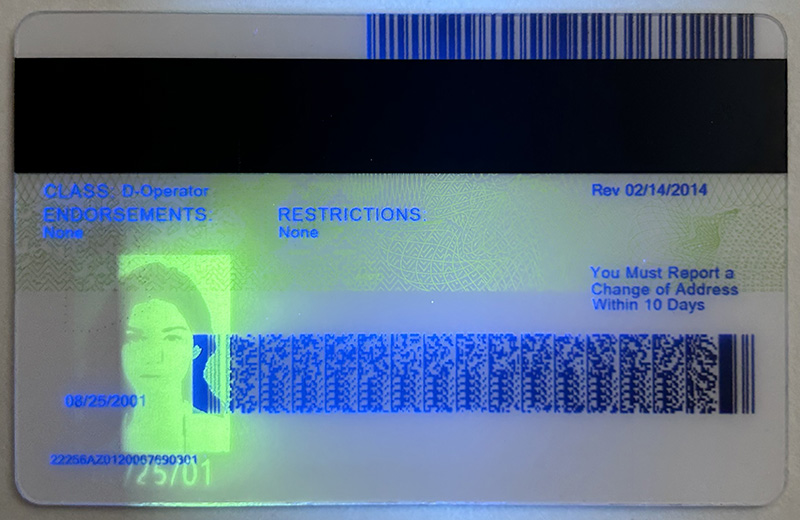
Impact on underage drinking behavior: Research shows that minimum drinking age laws have had some success in reducing alcohol-related traffic deaths among young people. However, it does not significantly prevent underage drinking itself. Many young people "binge drink" because of drinking restrictions, consuming large amounts of alcohol in a short period of time, which poses a great health risk.
One potential reform could be to allow young people aged 18-20 to drink in specific controlled environments, such as family gatherings or restaurants. This would give them the opportunity to learn how to drink responsibly in an environment that encourages moderate drinking, rather than resorting to unsupervised drinking scenarios. Graduated drinking rights, similar to graduated driver licenses, could also be considered.


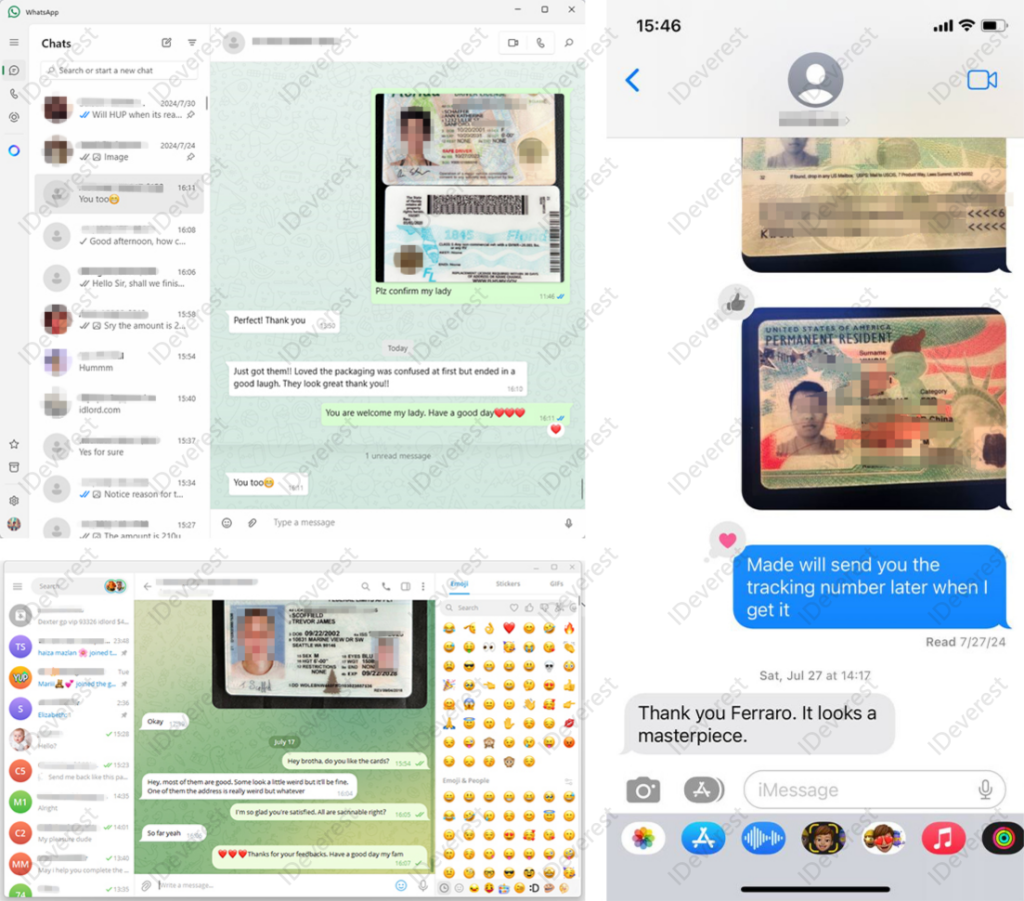


Latest Version Updated: Staying abreast of industry developments, we ensure our products are always up-to-date, reflecting the latest design and security features.




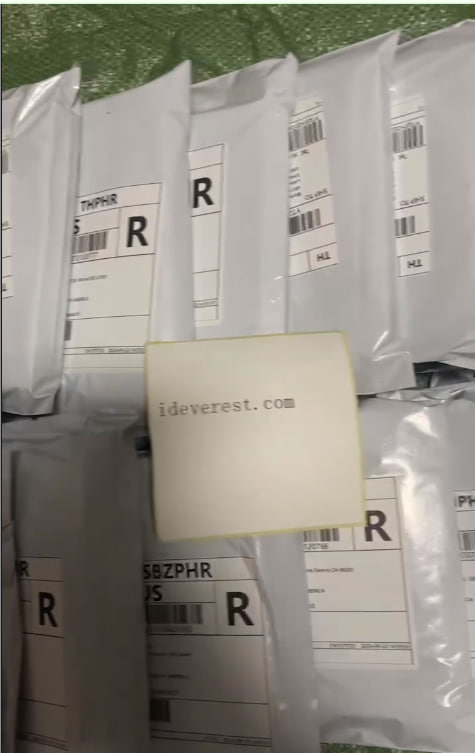
Big Treat Back for New Product Development Participation: Your feedback matters! We offer incentives to customers who participate in our new product development, shaping the future of our offerings together.

Tags:
You like

online ID editor
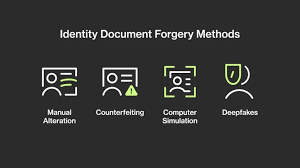
identity fraud
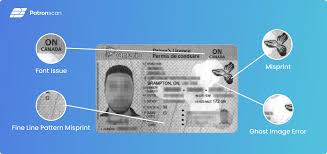
fake identification
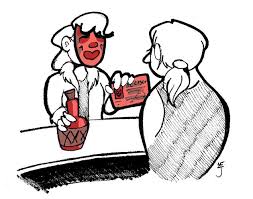
novelty ID

